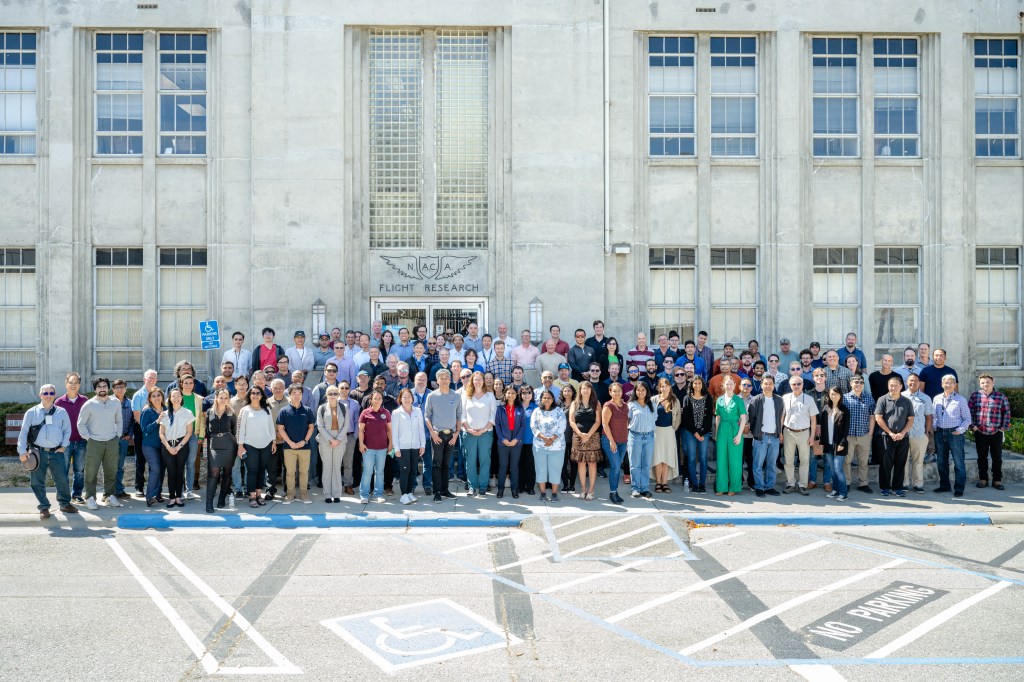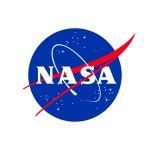The Aviation Systems Division
The Aviation Systems Division at NASA Ames Research Center conducts research and development in advanced air traffic management, airspace integration concepts, and high-fidelity aerospace simulation. For air traffic management and airspace integration, researchers are creating and testing concepts to enhance the efficiency of the current National Airspace System (NAS) and airport surface operations and to integrate high-density Advanced Air Mobility (AAM) concepts into the NAS. Automation, autonomy and their attendant safety consequences are key foundations of the concept development. Historically, the division has developed products that have subsequently been implemented for the nation’s aviation system, such as the Traffic Management Advisor, which is deployed nationwide as the FAA’s Time Based Flow Management (TBFM) system, integrated arrival departure and airport surface concepts that inform the FAA’s Terminal Flight Data Manager (TFDM), and the UAS Traffic Management (UTM) system. For high-fidelity human-in-the-loop simulation, the division operates the world’s largest flight simulator (the Vertical Motion Simulator) and a panoramic air traffic control tower simulator. These simulators have been used for a variety of purposes including continued training for Space Shuttle pilots, development of future spacecraft handling qualities, advanced airspace, airport surface, and AAM concepts, helicopter control system testing, and accident investigations. Personnel in the division have a variety of technical backgrounds, including guidance and control, flight mechanics, flight simulation, data sciences, systems engineering, and computer science. The Division supports many NASA programs and collaborates with other government agencies, industry partners, and academia to meet the needs of the Nation’s present and future aerospace research, development, and testing needs.
Organization
Branches
Aerospace Simulation Research and Development Branch
The Aerospace Simulation Research and Development Branch provides simulation software and systems expertise and unique human-in-the-loop simulation facilities for aerospace research applications. The Branch operates and maintains key aerospace simulation facilities at Ames Research Center and supports research simulations by NASA, other government organizations, and industry. It provides software development services that support the agency’s air traffic management research goals. The Branch also conducts research on handling qualities, human cueing, and training and simulation technologies.
Systems Modeling and Optimization Branch
The Systems Modeling and Optimization Branch researches and develops automation for facilitating resource allocation and flow management of air traffic systems. These activities are supported by the branch’s core competencies in modeling, dynamics, controls, parameter estimation, data sciences, and optimization. These are applied to NASA’s programs for increasing the capacity and flexibility of the NAS. Substantiating program goals, the branch develops algorithms and concepts for traffic flow management, airspace capacity allocation, integration of AAM concepts, and system-wide assessment.
Flight Trajectory Dynamics and Controls Branch
The Flight Trajectory Dynamics and Controls Branch conducts research on concepts and technology to improve flight trajectories and increase airspace capacity while maintaining or improving safety in the nation’s air traffic management system. Emphasis is on trajectory modeling and separation assurance automation to achieve trajectory efficiency with safety in the presence of complex traffic, severe weather, and tactical flow constraints. The branch also conducts handling qualities research for spacecraft landing and docking trajectories.
Aerospace High Density Operations Branch
The Aerospace High Density Operations Branch develops algorithms to schedule and manage air and ground vehicles in high capacity, complex environments. These algorithms require the use of precise, efficient, and safe aircraft trajectory predictions as well as surface management optimization techniques that work under all weather conditions. The main focus of the branch is to create technologies for the next generation air transportation system that include both conventional and AAM airspace and ground operations. To achieve this, the branch is developing and evaluating algorithms for use in human-in-the-loop decision support tools, human-automation teaming operational concepts, and autonomous concepts to schedule and manage aircraft in the Terminal airspace and at the airport surface.
































